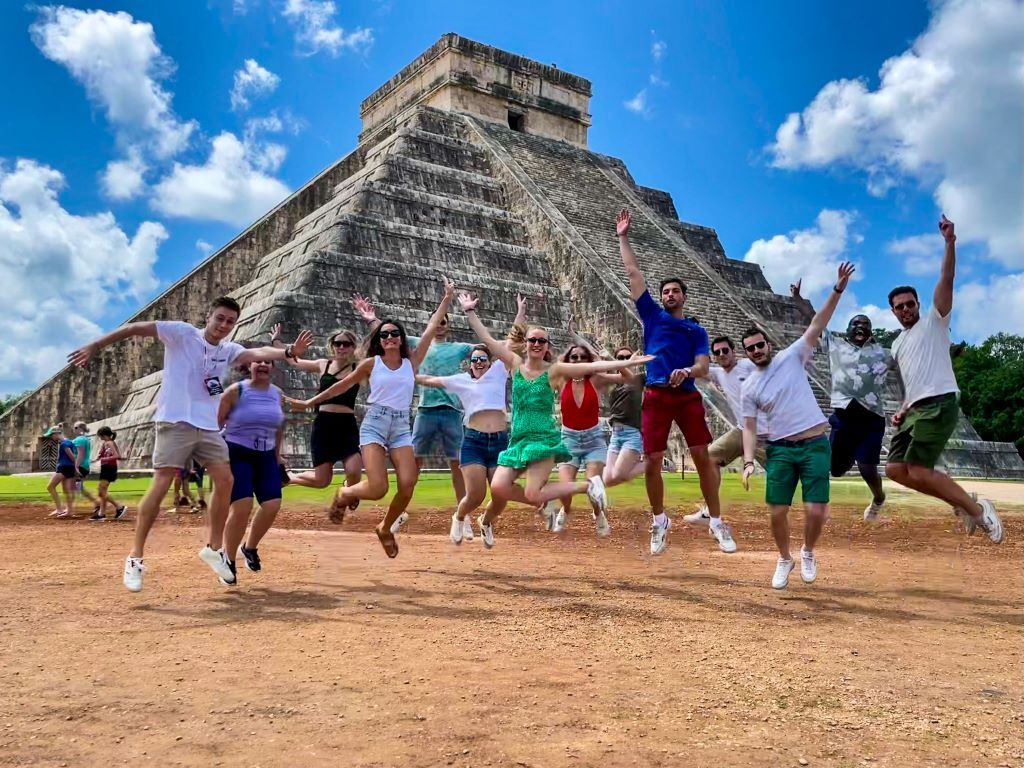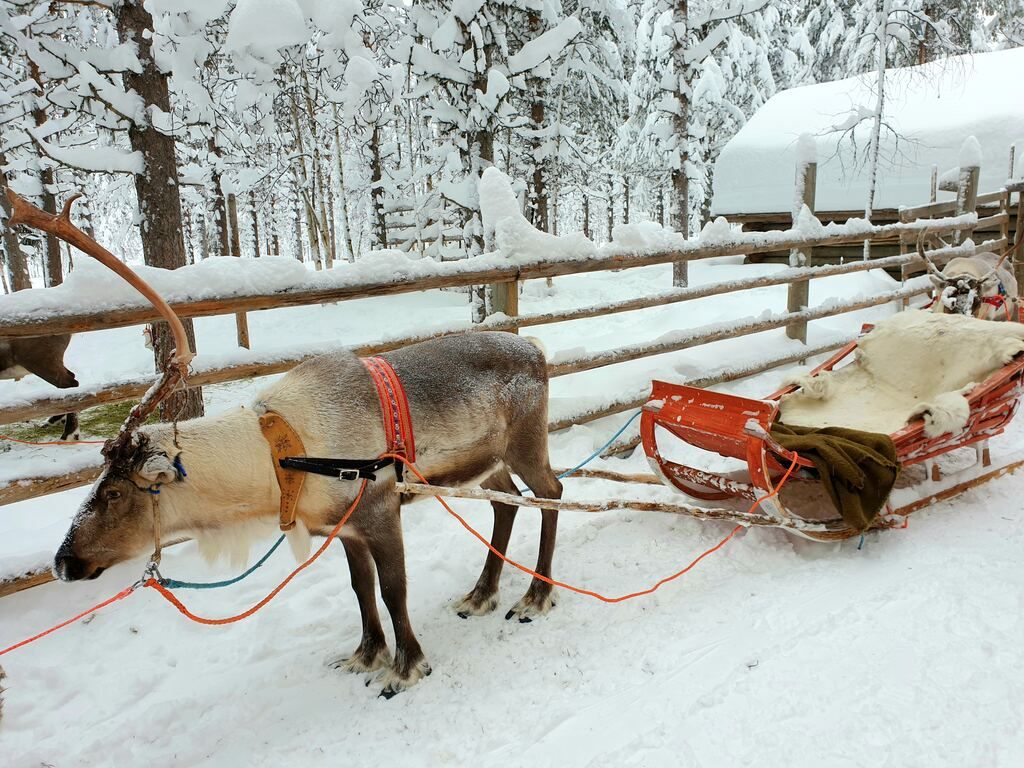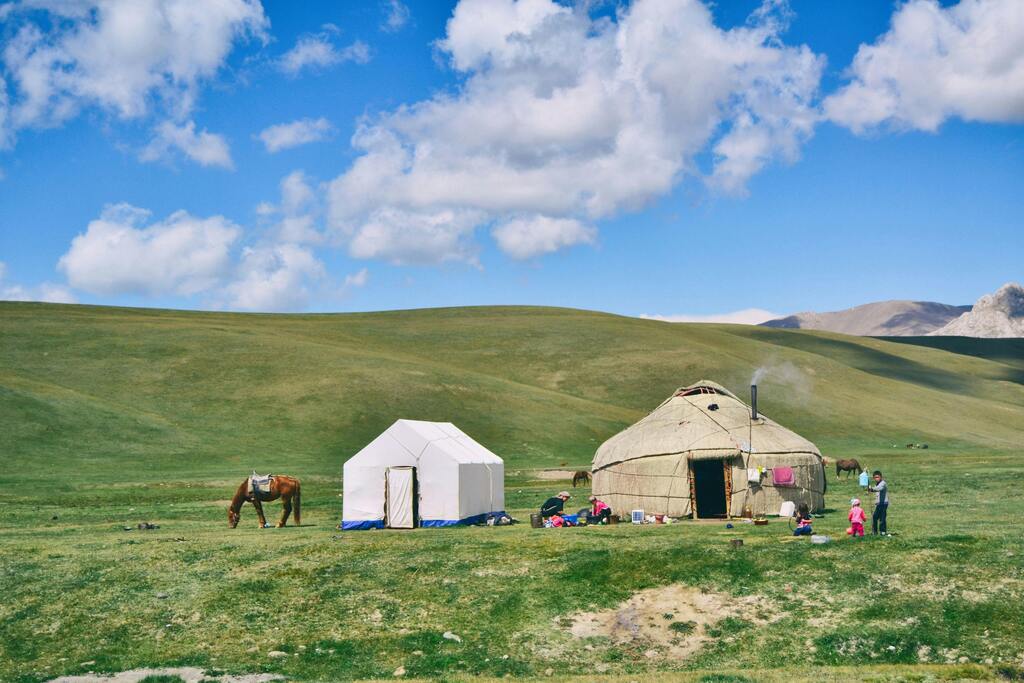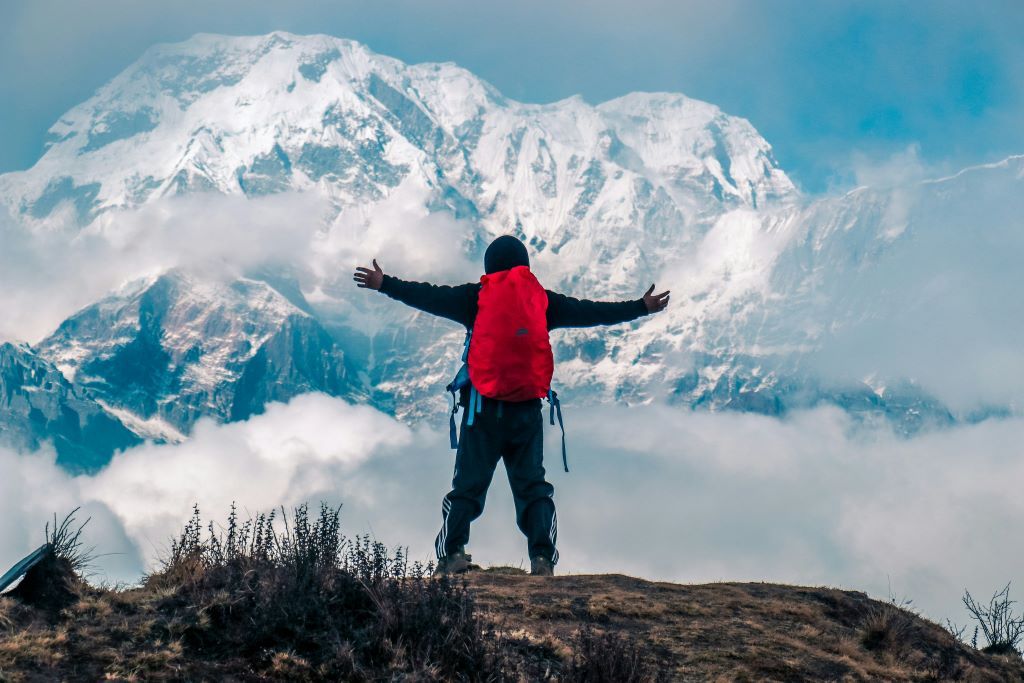

A trekking holiday in Nepal is every dedicated hiker’s dream trip. Forget the dangerous, expensive trudge up Mount Everest — we’re talking about the excitement of the Annapurna Circle, one of the most interesting hiking trips in the world. Get ready to discover a magical land of dreamy Tibetan temples, charmingly old-fashioned teahouses, and the most incredible scenery you’ve ever seen in your life.
What is the Annapurna Circuit?
The Annapurna Massif is a breathtakingly beautiful part of the mountainous nation of Nepal. It was named after a Hindu goddess, who, according to legend, was the daughter of the king of the mountains. The goddess Annapurna is the patron of food, so be sure to thank her whenever you’re tucking into a tasty bowl of keema at high altitude!
The Annapurna Circuit is a trekking route across the Massif. In short, the Circuit is one of the most famous, thrilling and challenging long-distance hikes in the world. It covers a distance of 160 to 230 km, depending on the exact route you choose, and it will take you through fabulously varied terrain. That includes some of the highest mountains on earth, subtropical lowlands, and traditional villages where the old ways of life still reign supreme.
In recent years, some roads have been built along the Circuit route, which means that the trails have changed a little bit. The construction of these roads has also opened up the possibility of doing a part of the route by mountain bike, but most people still stick with the tried and tested way of following the Circuit: on their own two feet.
The construction of the roads has led to the introduction of some alternative routes for hikers who prefer to be totally immersed in nature. Both the original and the alternatives are clearly marked. The original uses red and white, while the new detours have blue and red waymarkers. It’s up to you which path you follow. Even on the original route, with roads now running alongside the trail, the occasional car doesn’t pose a big problem. After all, you’re not likely to have much traffic to deal with in this part of rural Nepal!
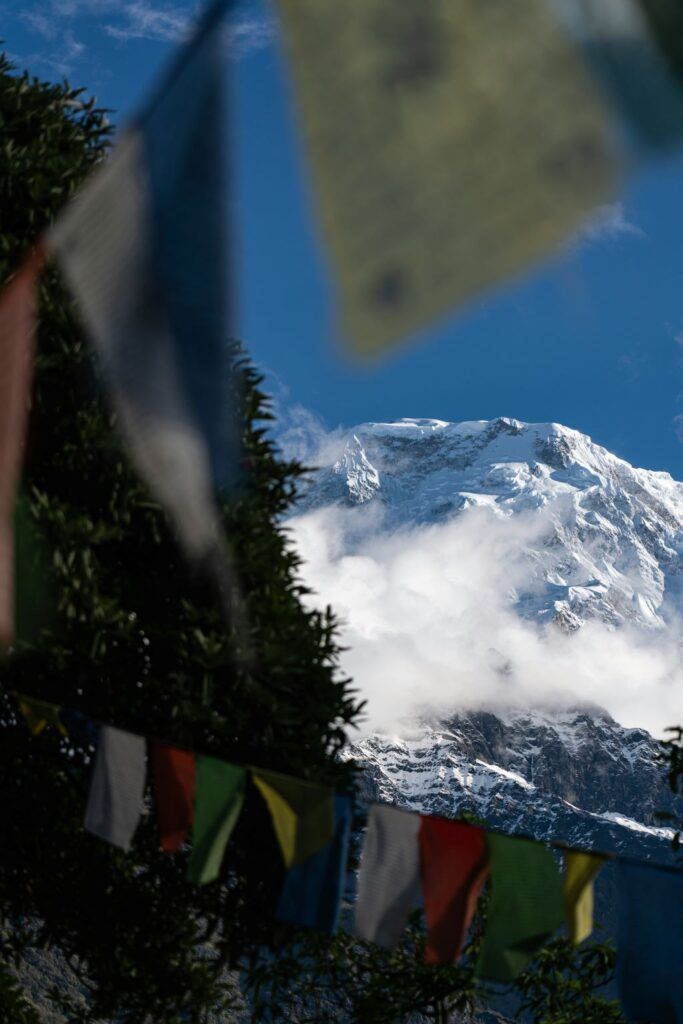
How long does it take to do the Annapurna Circuit?
The Circuit is not an easy feat, and the full hike will take you anywhere from 12 to 22 days, depending on your route and your fitness levels. Many visitors prefer to do just a section of the Circuit.
Serious athletes sometimes use the Circuit as a trail running route. The world record time is held by Greek runner Lefteris Paraskevas, who completed the entire trail in a mind-boggling 68 hours and 22 minutes. We reckon that kind of feat is best left to the pros, though. We’d much rather amble along the trail at our own pace, admiring those spectacular views.
How fit do I need to be to tackle the Annapurna Circuit?
Hiking the trail will involve walking for 5 to 7 hours a day at high altitudes in very cold conditions. What’s more, the trek is almost entirely uphill, which is great news for your glutes but can be quite tricky to manage.
Having said that, you don’t need to be an expert to tackle the trail. In fact, there are plenty of beginners who’ve taken on the challenge, but it’s important that you know what you’re letting yourself in for. One thing that can really help newbies on the trail is that you don’t have to carry your own bags. Nepalese porters with a lifetime of high-altitude training behind them are happy to give you a hand.
Before setting out, you should do some training for the Circuit. Ideally, try a mixture of disciplines: strength training, cardio and practice hikes will all help you. If you live in an area with suitable terrain, then try to do some hikes in similar conditions to Annapurna. That means rocky, uneven ground and steep uphill sections.
It’s also worth noting that you’ll be crossing several narrow bridges as part of the route. They’re perfectly safe, but they can be a little bit scary, so be prepared!
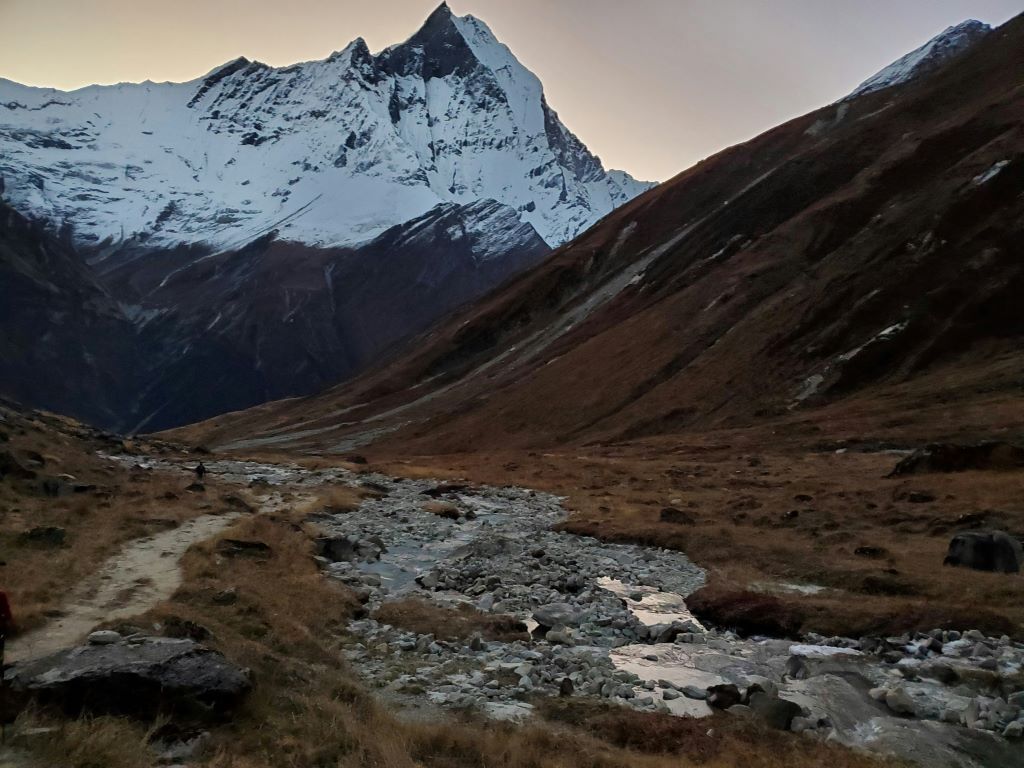
What’s the best time of year to go to Annapurna?
Nepal is a country with four distinct seasons, and that can have a major impact on your trail experience. We strongly recommend hiking Annapurna in spring or autumn. Specifically, you’ll want to go between April and May or October and November. At those times of year, you have the best chance of clear skies, dry weather and mild temperatures.
As you can probably guess, winter in the Himalayas is no laughing matter. During the long, harsh winter months, there is heavy snowfall, and parts of the trail are often totally impassable. Even the areas that you can — in theory — cross are best avoided, and the route is at its most dangerous. Avalanches are common. This is a season to steer clear of, and in fact, most tour companies do not run any Annapurna adventures during the coldest months of the year.
Between June and September, the area experiences its rainy season. Nepal doesn’t have a major monsoon like India or Southeast Asia, but heavy daily showers aren’t much fun for hikers. The rain is particularly bad in the southern part of the trail. If you don’t mind walking in the pouring rain, then you may actually enjoy the experience, as there are fewer crowds and beautiful flowers to admire.
Is altitude sickness a problem?
It certainly can be! Keep in mind that the Annapurna Circuit’s highest point, Thorong La Pass, is a massive 5,416 metres above sea level. The air up there is very thin, and unless you’re an Olympic athlete, you’re likely to feel it.
You’ll probably find that everything feels more difficult when you’re up there in the Himalayas. Tasks that would be simple at sea level require more oxygen, and you’re frequently catching your breath. That’s perfectly normal. However, if you start experiencing symptoms like headaches, nausea, vomiting and loss of appetite, you’ve probably got full-blown altitude sickness.
To avoid getting altitude sickness, take your time when you first arrive in Nepal. Give yourself a few days to adjust to the altitude, and don’t ascend too quickly. Your doctor may also be able to give you some medication to help prevent this illness, which is a particularly good idea if you’ve suffered in the past.
Can I hike the Annapurna Circuit alone?
Let’s be clear: that’s a really, really bad idea —and we mean truly terrible. The Himalayas are the highest mountains on earth, and Nepal is a developing country. The mountains are home to wild animals, and there are some extremely difficult, treacherous passes. If something goes wrong, then you can quickly find yourself in serious trouble.
In fact, the government of Nepal agrees with us. Since 2023, it has been illegal for foreigners to hike without a licensed guide. Don’t start gnashing your teeth about civil liberties — it’s for your own protection! Luckily, there’s no shortage of guides available to help you on your adventure.
What is the Annapurna Sanctuary?
The Annapurna Sanctuary, also known as Annapurna Base Camp, is actually not part of the official route. However, it’s well worth visiting, so many trekkers take a detour to add it to their itinerary. This glacial basin sits at an altitude of over 4,000 metres. The first outsiders to enter it came as recently as 1956 — before then, people thought that the area was impassable. In fact, a single, narrow valley allows access to the Sanctuary.
The name Sanctuary reflects the sacred nature of the site for the local Gurung people.
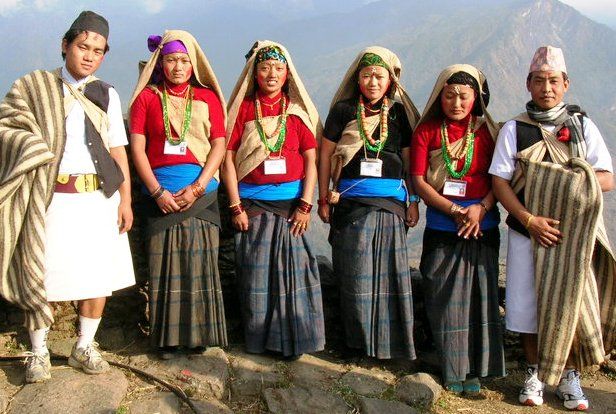
Their legends recount that the Sanctuary was where the snake gods, the Nagas, hoarded their treasure. What’s more, the Gurung believe that several Hindu and Buddhist deities have homes in and around the Sanctuary. For a long time, these religious beliefs meant that people could not bring meat or eggs into the Sanctuary, and women were forbidden from entering altogether. Luckily, things have changed, and today, all hikers are welcome — but in the interests of cultural sensitivity, you might want to leave the beef jerky at home.
What’s the difference between the Annapurna Base Camp route and the Annapurna Circuit?
The Annapurna Circuit isn’t the only long-distance trek in the area. The Annapurna Base Camp route leads to the Sanctuary. It’s a little shorter and a little easier, but it also offers dedicated hikers the chance for an even bigger challenge, as they can go from the Sanctuary up to the highest peaks on the Massif.
Many hikers combine both routes for a more complete adventure in the Annapurna area. If you stick with the Base Camp route, you’ll miss out on Thorong La Pass, which is a real highlight of the Circuit trek.
What’s the accommodation like on the Annapurna Circuit?
Here’s the good news: you can leave your tent at home. You won’t be camping in Annapurna — which, given how cold it gets at night, is definitely a positive! On the other hand, you won’t find any five-star hotels. Instead, you’ll stay in buildings that are locally known as teahouses. These are somewhere between a lodge and a hotel, and they’re one of the most charming parts of the whole experience.
Annapurna’s teahouses are often family-run guesthouses, each with its own distinct character. Some are quite large, but most are very small, with space for just a few trekkers each night. They’re also great for bargain hunters —the average price is around US$3 per night to stay in a twin room. Food is charged separately, and you will be expected to eat at the teahouse, so make sure you have enough money. The food is generally pretty cheap. You can expect traditional Nepalese cuisine, which means that vegetarians are particularly well catered for. Many teahouses offer all-you-can-eat dal (lentils) — just what you need to rebuild your energy!
The accommodation in teahouses is rather basic. You’ll be sleeping in a bed, but make sure to bring your own sleeping bag for added warmth. There is no heating in the bedrooms, so thermal PJs and even a bedtime beanie can be wise additions to your packing list.
You’ll also want to be prepared for the guesthouse toilets, which can be a bit of a potluck situation. In larger villages, such as Ghandruk, western-style toilets with flushes are common, but in remote areas, you may well find yourself squatting over a traditional hole in the floor. Be sure to pack your own toilet paper if you don’t want to do as the locals do —and clean yourself with water. It’s all part of the adventure, right?
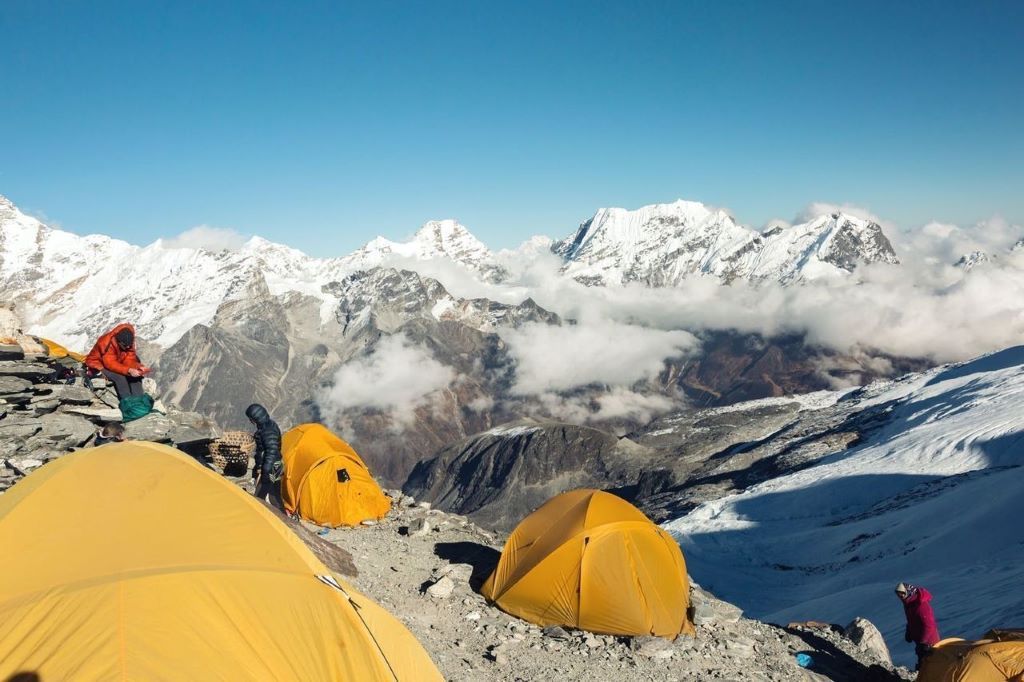
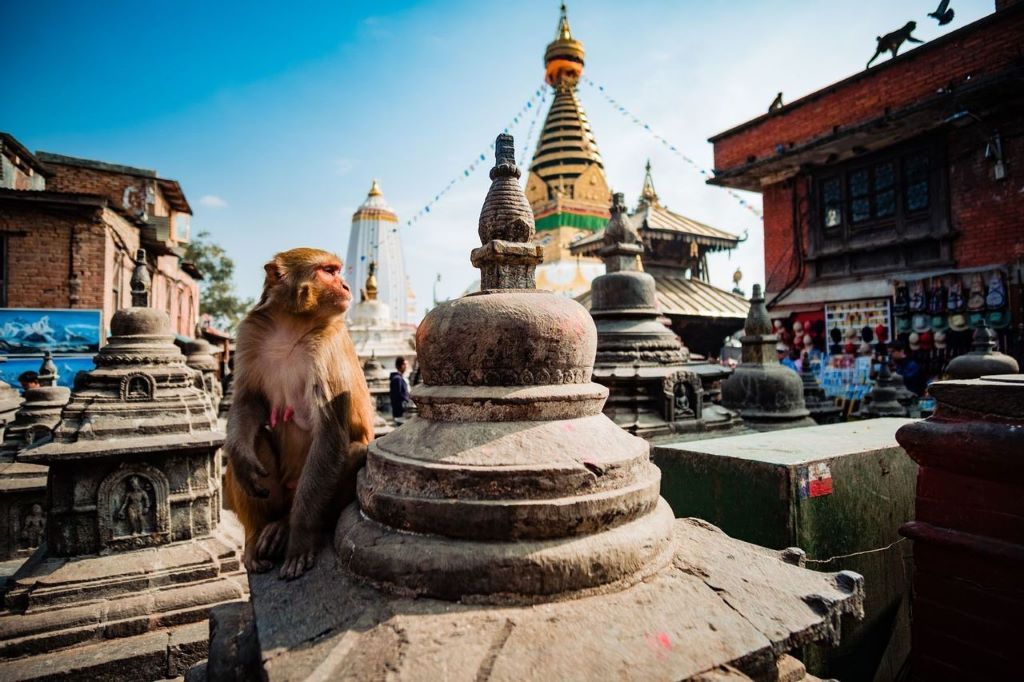
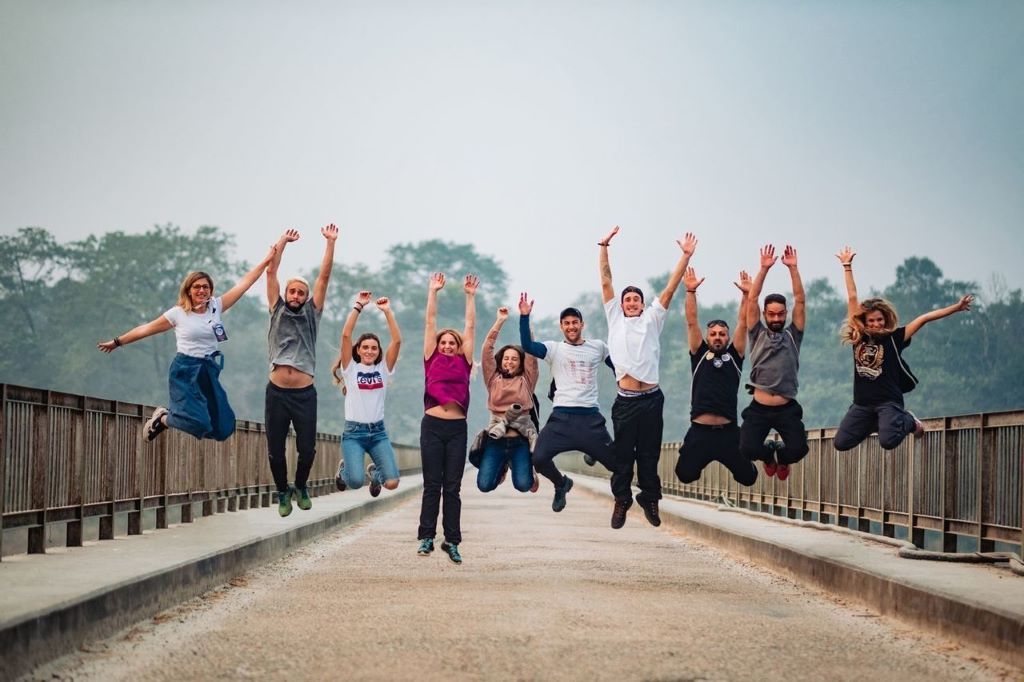
Our nine-day trekking holiday in Nepal offers adventurous travellers the chance to experience part of the Annapurna Circuit. Bring your hiking boots and get ready for a trip that you’ll never forget!
Are you looking for unforgettable treks? Here the best ones ever.

